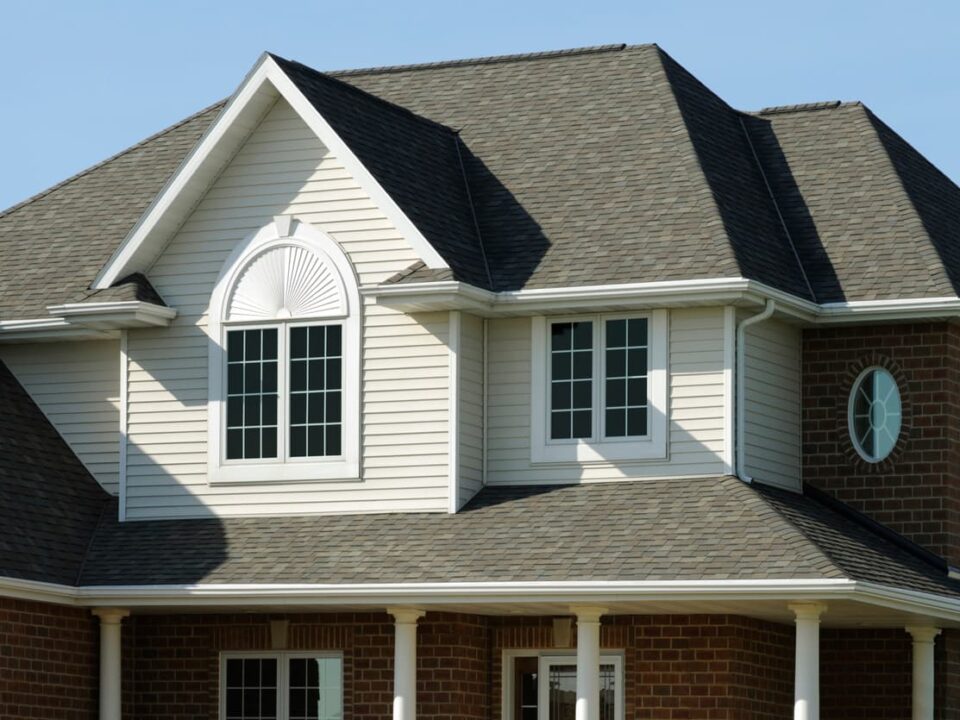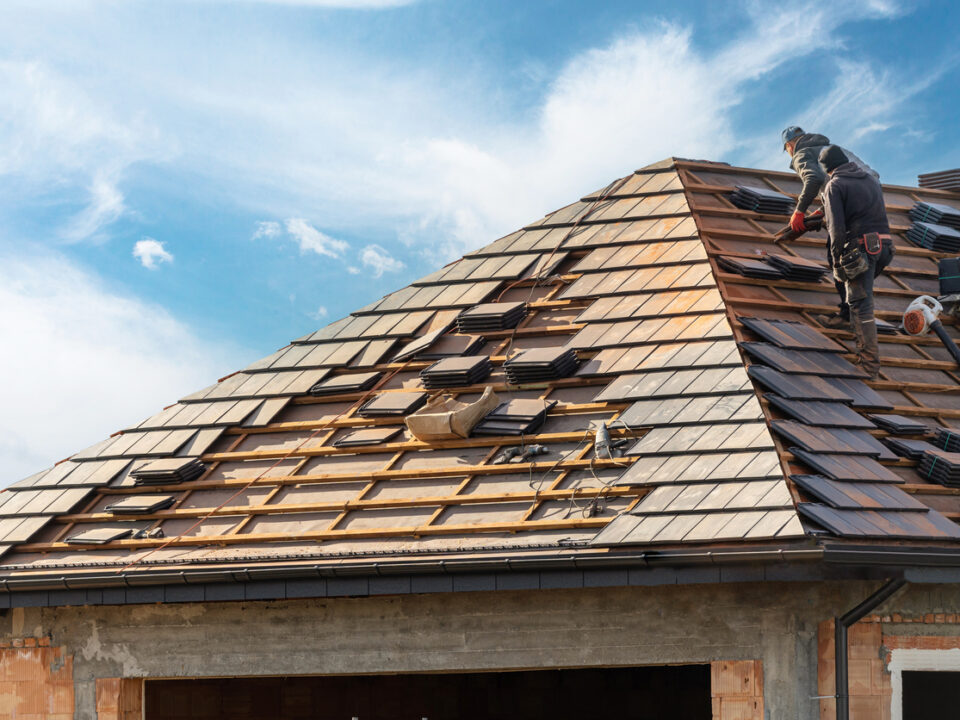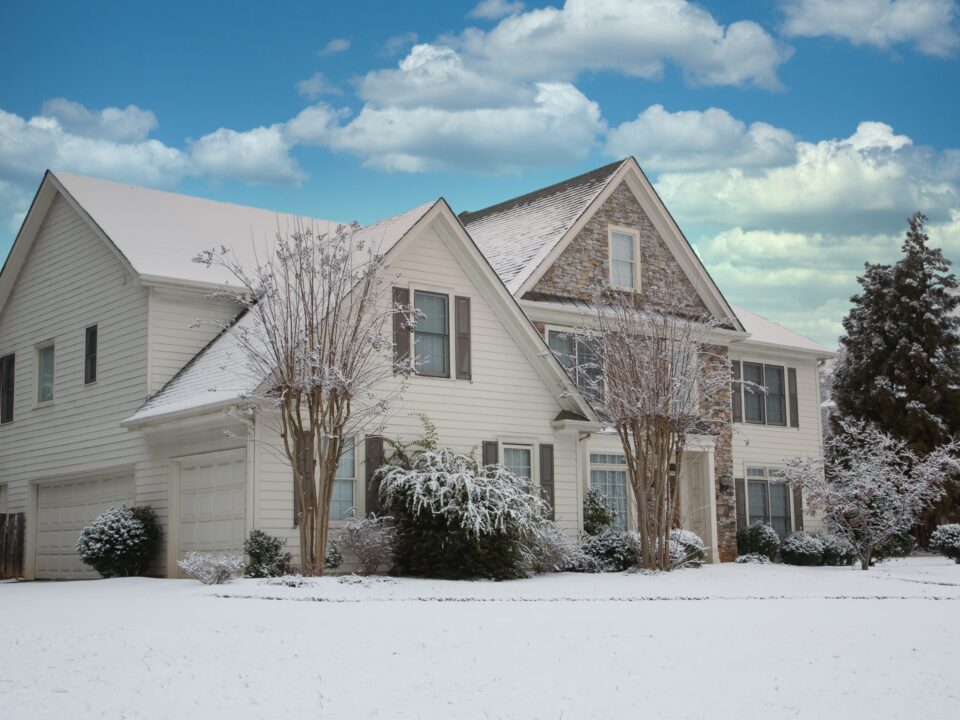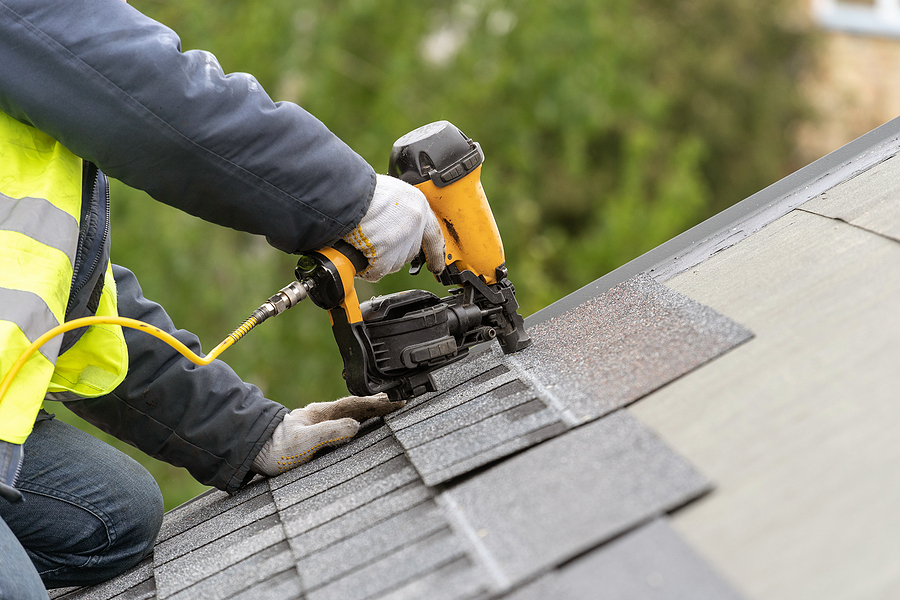
7 Tips for Choosing a Roofing Contractor
August 25, 2020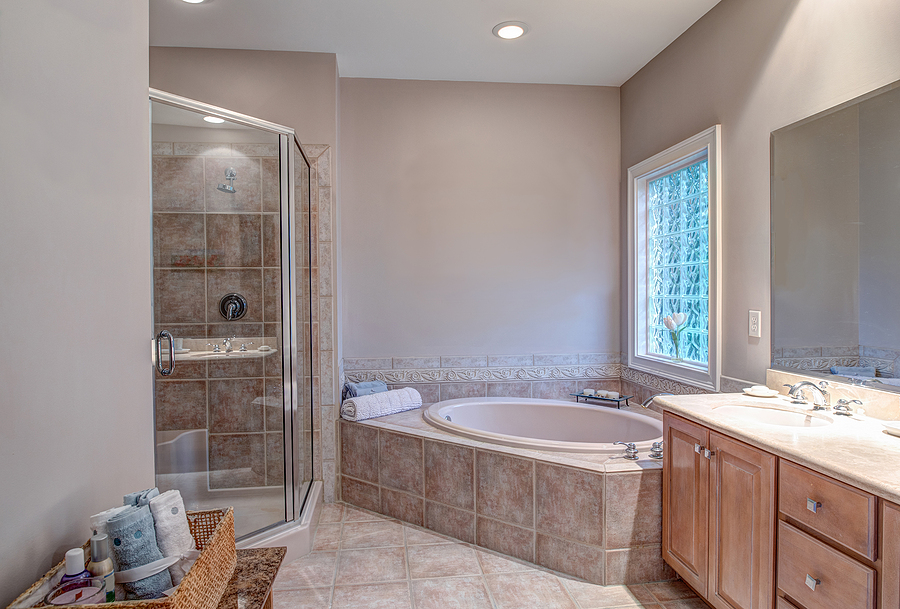
Glass Block Windows Offer Privacy and Security
August 27, 2020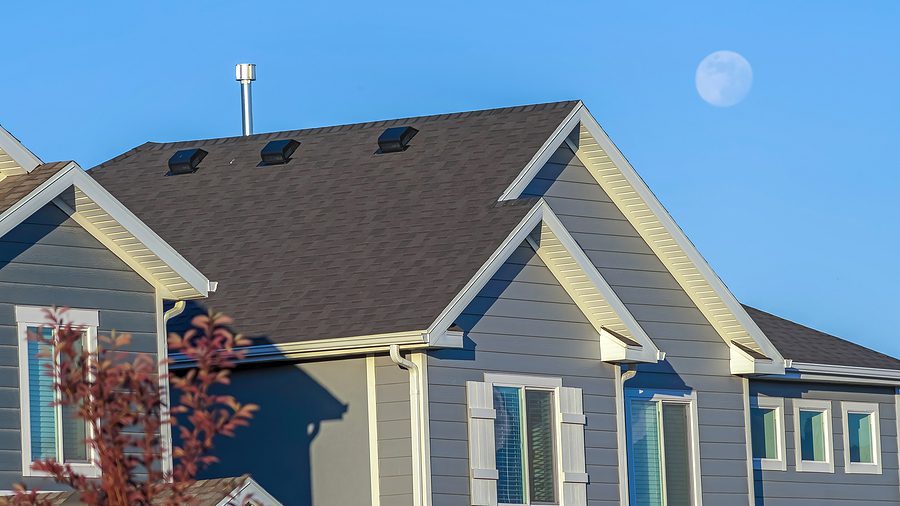
Proper ventilation is a crucial element of any roof, whether for commercial or residential purposes, so it’s important to ensure that your roof accomplishes just that. If it’s not functioning properly, it may be time to contact a local roof contractor to evaluate your roof ventilation needs.
Why do you need proper roof ventilation?
1. Extends the Life of Your Roof
Whenever heat in your attic has nowhere to go, it puts pressure on your shingles from the inside out. Keeping your attic well ventilated will help prevent issues like premature deterioration with your asphalt shingles due to excess condensation building up in your attic.
Ice damming is another problem with poor ventilation that can negatively affect your roof’s lifespan. Ice damming occurs when the heat from inside the attic melts the under-layer of snow and ice on your roof. When the water runs to the edge of the roof, it begins to refreeze. As the ice and water build up at the edges of your roof, it can back up behind and underneath your roofing materials, causing damage to your entire roof, the attic and, if left unchecked could even damage the interior walls of your home.
2. Reduces Energy Costs
When the temperatures climb outside, staying cool inside is a must. A properly ventilated roof will allow heat to escape, which helps relieve some of the burden of having to constantly run your air conditioner to keep your home cool.
3. Reduces Extreme Indoor Temperatures
Have you ever noticed that the temperature seems to increase when you walk upstairs? If you live in a one story style home, you might not notice extreme differences in temperatures, but it could still be an issue in your home.
These extreme temperature fluctuations are typically the result of poorly ventilated roofs. When your roof is properly ventilated to allow the hot air to escape and the cooler air to enter the attic space, your home will remain at a much more comfortable temperature year round.
4. Removes Moisture
Proper airflow and ventilation will continually dry out the attic year-round, preventing condensation from forming which reduces the risk of moisture related problems such as wood rot and harmful mold growth.
5. Prevents Water Leaks
In extreme cases, a poorly ventilated attic can gather enough condensation to soak through the insulation and cause a leak in the ceiling below. Wet insulation is a problem which can lead to mold and mildew.
How to Spot the Signs of Poor Ventilation
- Unexplained increase in your household’s heating and cooling bills, which can occur when the insulation gets wet and becomes ineffective.
- Noticeable buildup of ice along your roof’s edge during the winter months.
- Rust and corrosion on metal materials in the attic, such as nail heads, electrical boxes, light fixtures, and HVAC components.
- Dampness, water stains, or frost on the attic side of your roof sheathing, or any signs of deterioration or decay of the roof’s structural supports.
- Increase in respiratory illnesses or allergies, which could result from undetected mold growth in your attic.
A wavy or rippled appearance to the roofline and shingles of your home caused by warping from water damage underneath.
Proper attic ventilation is key to helping your roof function effectively through all seasons. Contact your local roof contractor to see if they recommend natural or mechanical ventilation and make sure to invest in some type of attic ventilator during a roof replacement or installation project.
If you have any questions or concerns about your current roof ventilation and are interested in a roof replacement, contact your local roofing experts at Armorvue Home Exteriors in Toledo today. We’re offering virtual appointments, so let’s start talking about a new roof for your home!
Subscribe to ARMORVUE Home Exteriors’s Blog
Get ARMORVUE Window & Door’s latest articles straight to your inbox. Enter your name and email address below.


